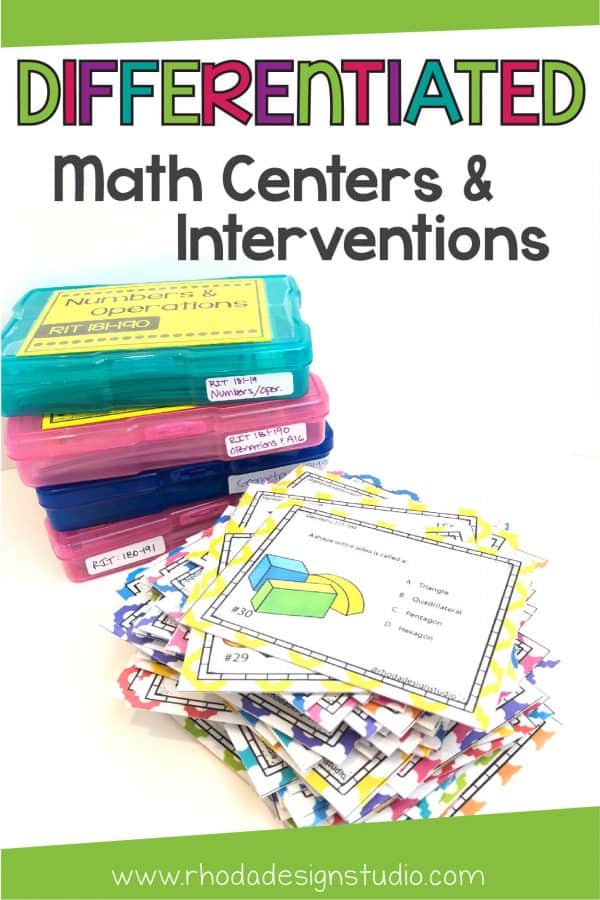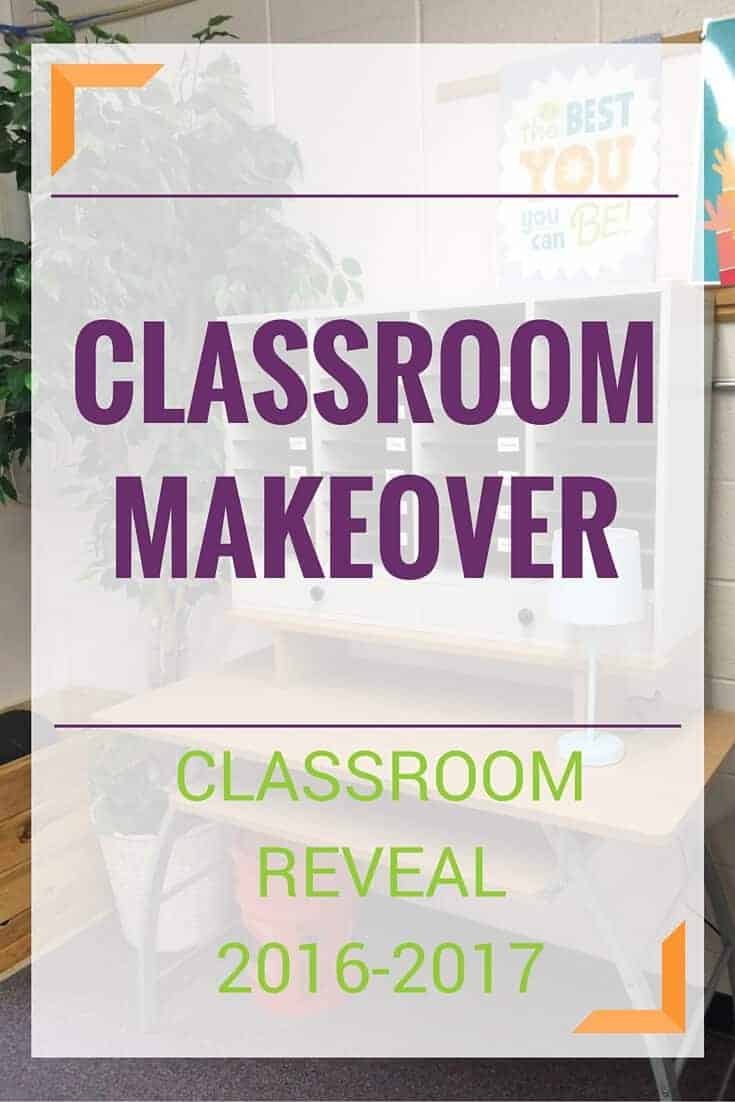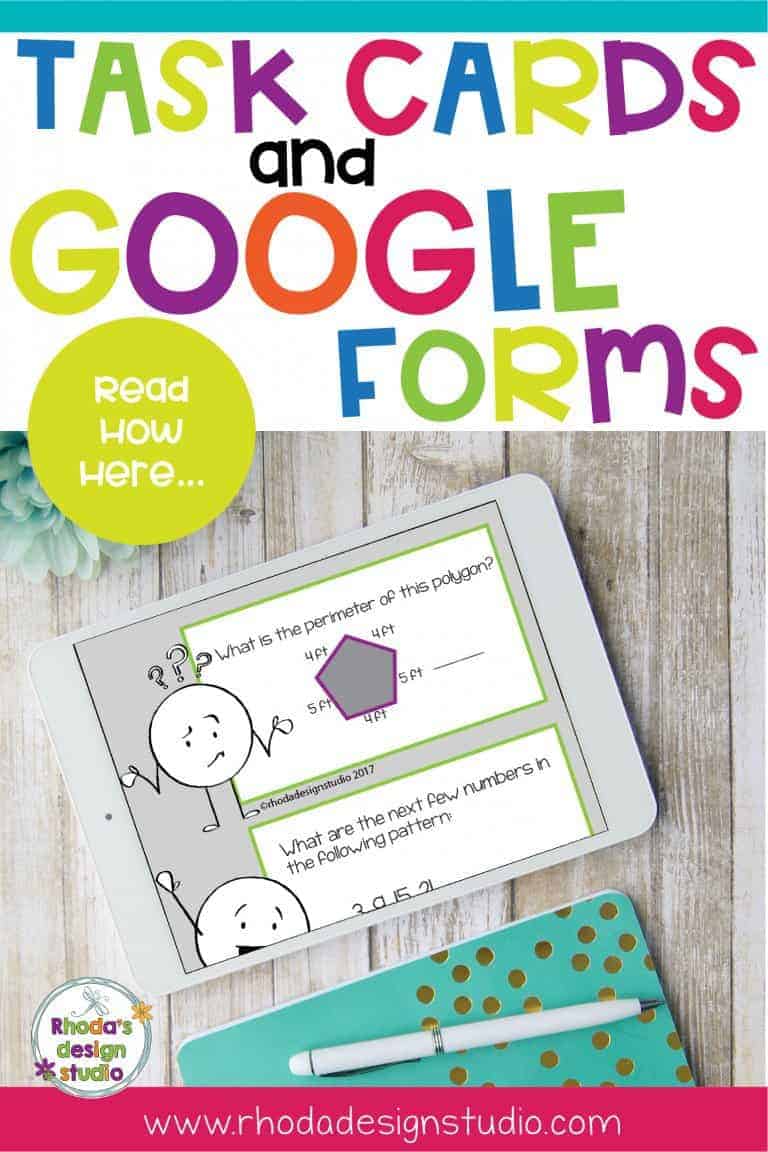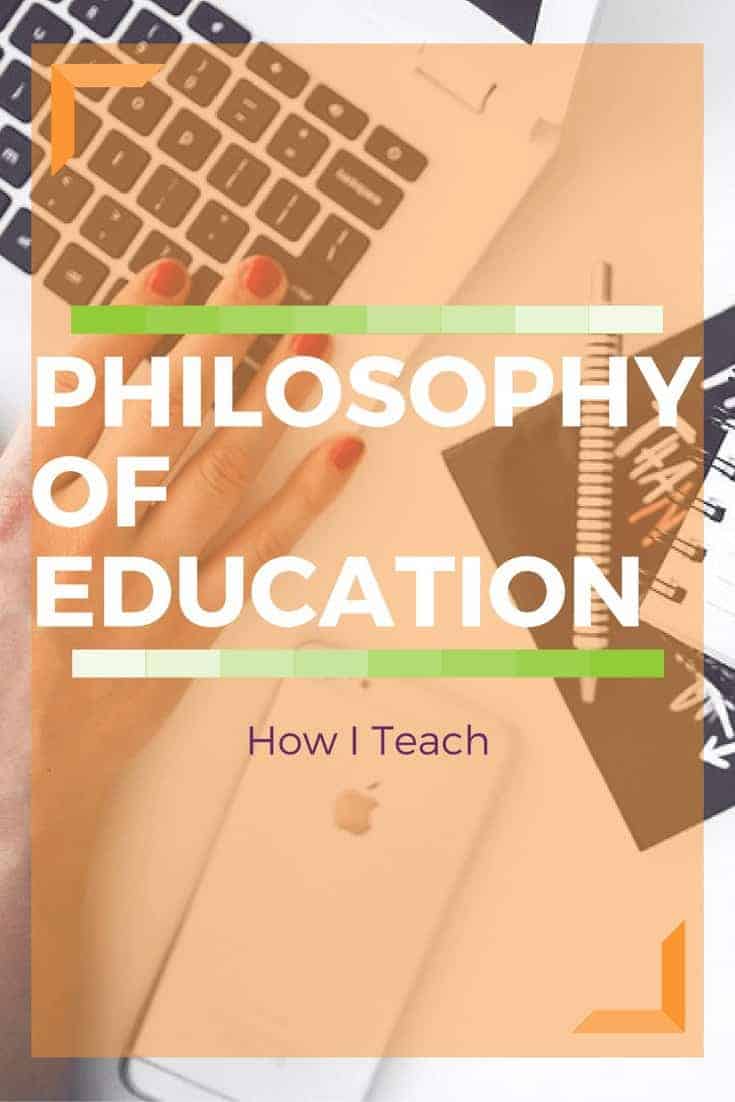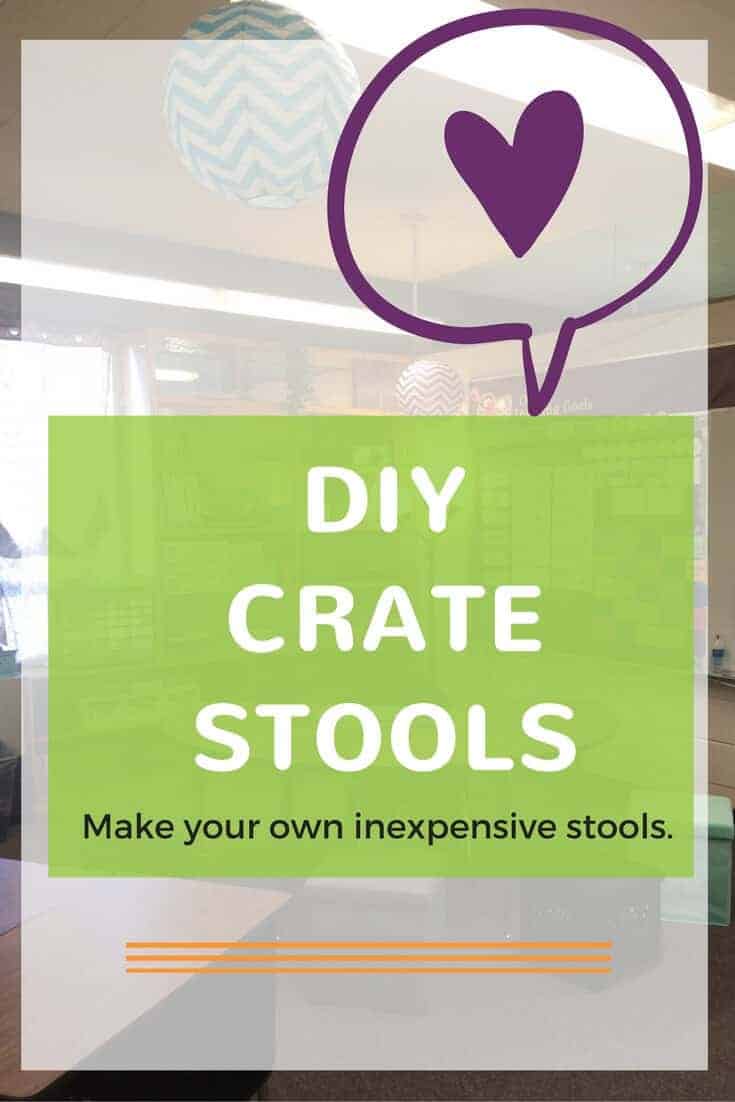Learn How Differentiated Math Centers Help with Test Data
Using your test data to create differentiated math centers can be hard and overwhelming. There is so much information provided when you look at your student’s scores. Compound that by however many students you have and you are in an instant state of feeling lost and in over your head.
Differentiated math lessons don’t have to be hard. First things first, you need to dig into your data and find some general similarities between your kids.
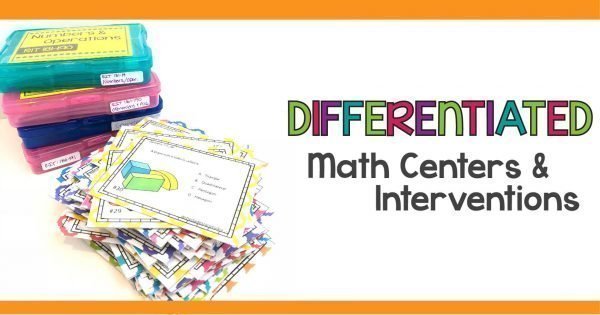
How many of them fall into a certain testing range?
Which students need to work on Measurement and Data or Numbers and Operations?
Once you have your kids sorted, you will be able to attack the content and figure out how best to create differentiated math and reading lessons.
Sorting your students based on RIT Band levels (if you MAP test) or by the skills they need is the easiest way to create a process that helps you differentiate your math interventions and provide skill practice that helps fill in gaps that students might have in their skills.
Ways to Approach Differentiated Math
There are a number of ways to approach a differentiated instruction strategy. You can use centers, flexible grouping, independent study projects, student choice, or tiered assignments. Blending, changing, and adapting are all great ways to increase your student engagement and success!
Math Centers
Learning centers can be drawers, file folders, tubs, or any other type of container you can think up. They can also just be an area in your room where you post instructions and your students practice a math or reading skill each week with new content.
Math stations or centers offer a way to increase student engagement and implement math interventions at the same time. Students explore topics and practice skills at a level that they can accomplish on their own.
Centers are flexible and address student needs as well as provided differentiated math practice. Skills can be cycled through so students can practice them in different variations or with a variety of modalities (hands-on, written, visual, etc.).
Math centers do not need to be labor intensive. I rotate mine every month and a few of them include dice or spinners that students can use to practice math facts or comparing numbers. They do not need to be extravagant!
Flexible Grouping
Students grow and change over the school year. Sometimes their skills increase and sometimes they decrease. Using flexible grouping in your classroom will discourage stagnation and keep your students working right on the edge of “hard”. This keeps them growing and evolving as learners.
Being uncomfortable means you are growing. The edge of a comfort zone is where the magic happens… (even if they whine at you the entire time!).
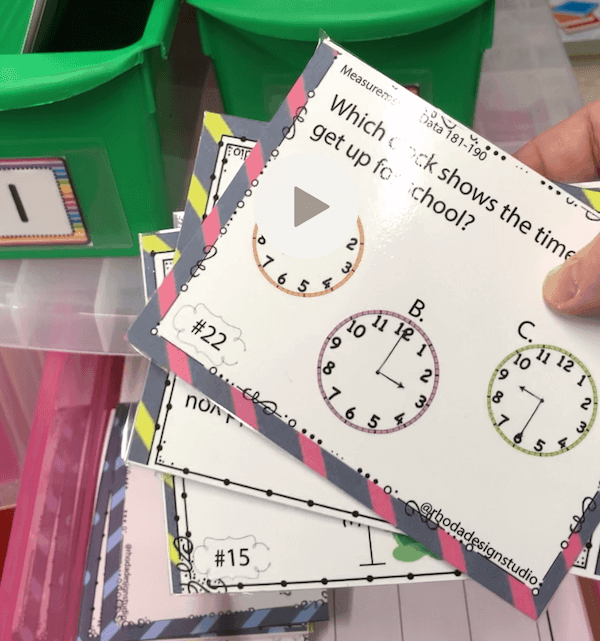
Grouping students with peers who are similar to them in their learning styles, readiness, or interest. You don’t necessarily need to have them grouped by skill level. This should flow and change.
Occasionally, your high readers should be paired with your struggling readers. It’s amazing what happens when you give a higher student the chance to “teach”. It might be that ah-ha moment that helps the struggling reader grasp a concept or find the drive to learn the skills they need to progress.
Reassess Their Skills
The key to flexible grouping is to make sure that the groups are not static. As a teacher, you must continually reassess your students throughout the school year and move students among the differentiated math (or reading, spelling, etc.) groups as they master skills.
It’s easy to establish your groups at the beginning of the year, get comfortable with your routine, and then never change the makeup of the groups. This is not an effective technique, and this will not help your students grow and develop new skills…or they could be leveling out and becoming frustrated.
A good rule of thumb is to reassess each quarter or every couple of months. Pick a time frame that works for you and then write it in your plans. You can also make changes on the fly. If a student seems to be progressing quickly…bump them up a level or two. And vice versa. If they seem to be struggling more than usual…back them up a bit.

Independent Practice
Using independent practice for math interventions or differentiated math instruction takes a little more structure and planning. Students need to be on the verge of mastering content and able to work independently.
Student’s pick a topic of personal interest (I’m sure in my room it would be Minecraft or robots) and then they complete a project that involves research, processing information, and creating a final product.
Help students to be successful with this approach by laying out their expectations. Create a rubric or work together to come up with the boundaries, the timeline, and requirements for the project.
This usually works better with older students because they can work independently for longer periods of time and their level of interest is usually higher. That doesn’t mean you couldn’t use this method to offer differentiated math projects for younger students.
Projects that involve basic block coding, measurement, or making graphs based on data would be great independent topics for younger students.
Student Choice
Knowing that they can pick an activity to learn a skill is a great motivator for students. You can give your kids options based on their interest or learning style that still fit in the parameters of the information you need to teach.
You can also give choices on what will be learned or how the information for the lesson will be presented. Choose 2 or 3 ways to present a lesson and then offer those choices to your students. Maybe they can watch a quick video about arrays that teaches multiplication (you can grab this free multiplication game here if you like), they can roll dice and make their own arrays, or they can practice with a math app on a device.
Options can include activities, learning centers, independent study, small groups, or others. Choice activities are well-known for improving student’s motivation based on their own needs.
Tiered Assignments
Tiered assignments are a series of related tasks varying in complexity. The RIT bands for different skill levels is a great way of showing a tiered level for assessment and skill practice. All of your students might be working on geometry, but they are probably at different skill levels.
If you provide task cards or worksheets that cover 3 different RIT bands, your students can then work at their own unique skill level to learn similar concepts. You might be offering a lower level of skill to those who are still learning the concept, great solid practice for those who have grasped the skill, and a more complex level for those that need to be challenged because they know the information and are ready to be moved to the next level.
Formal and informal assessments should be given to determine the level of understanding a student has on the subject matter and then performed again at intervals to adjust their levels as they grow and change.
Activities can be designed for small groups or individuals. Many teachers find that this differentiated instructional strategy is a great way for students to reach similar goals by taking into account each students’ individual needs.
It Takes Time and Practice
Differentiated instruction takes a lot of planning on your part but that doesn’t mean that it isn’t worth the effort or that it has to be that hard all the time.
With continuous re-assessment and the use of multiple teaching strategies, you can create amazing differentiated math lessons that reach all of your students’ learning styles.
Save this post for later: Pin it to your favorite math board!
